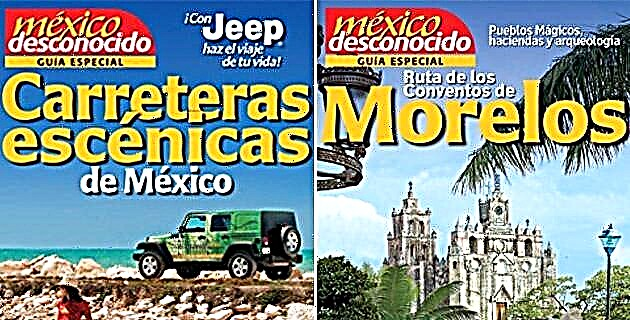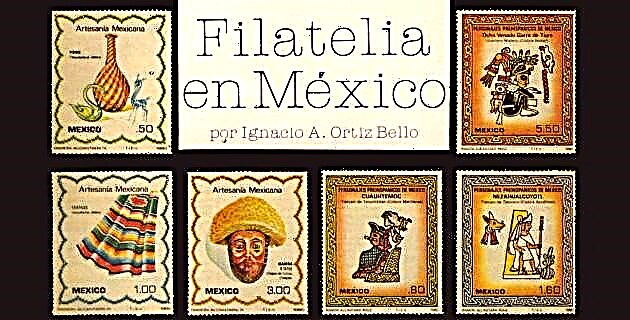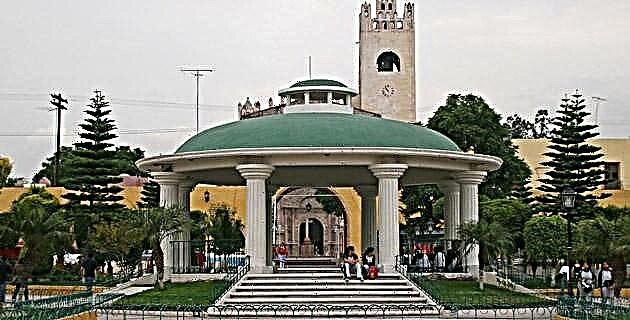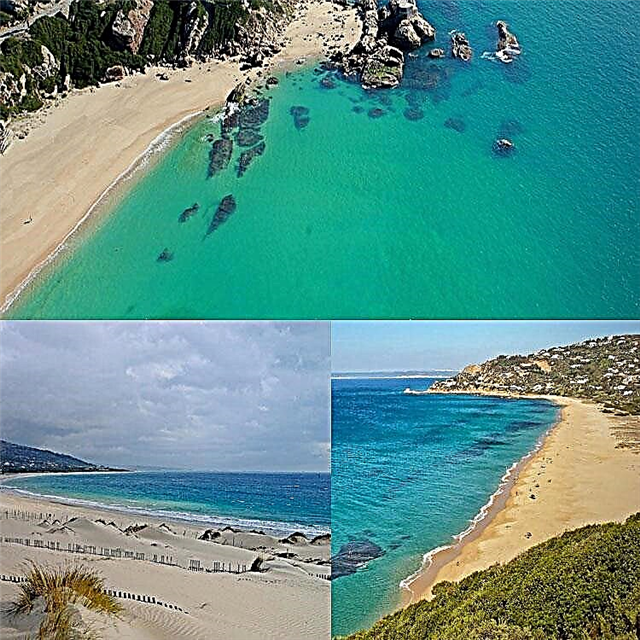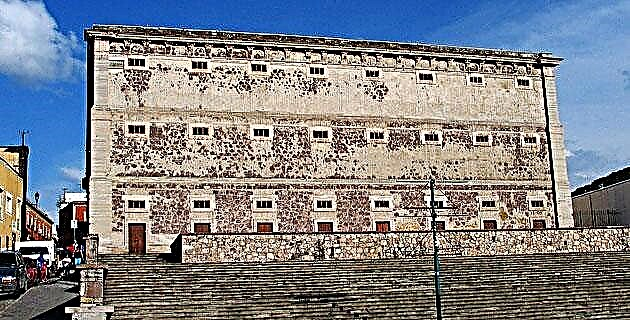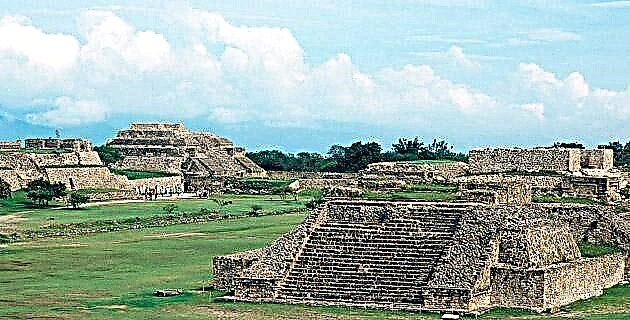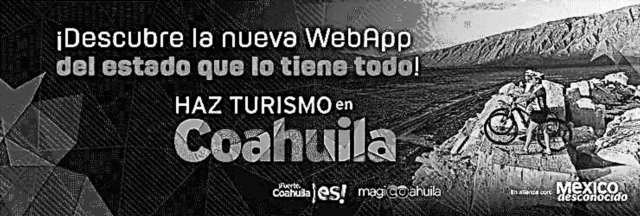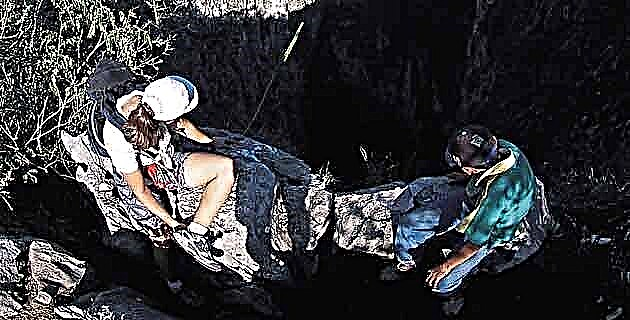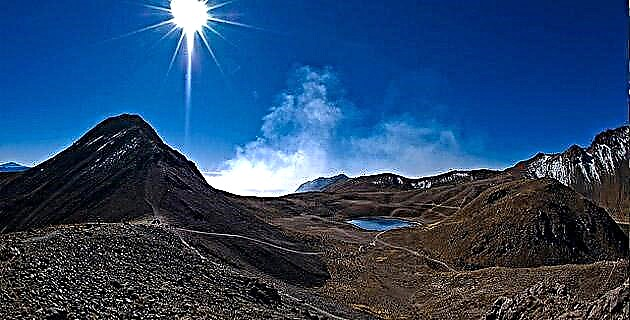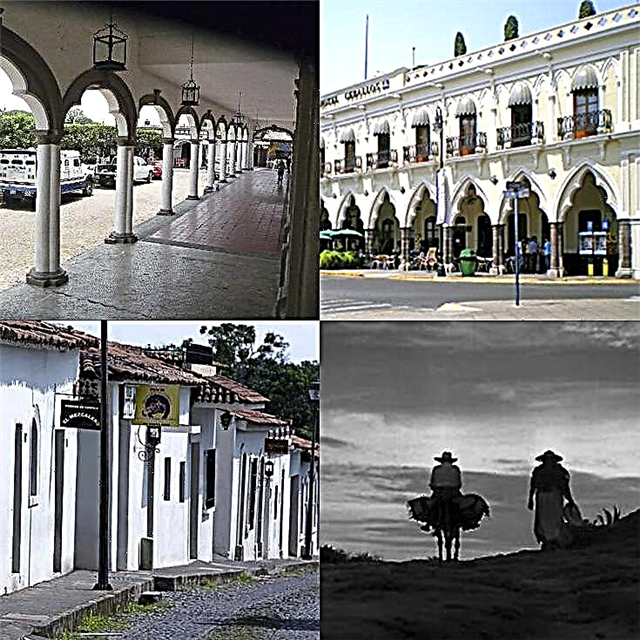The ghost of Pedro Paramo He continues to wander around Comala, if only in the imagination of the locals and visitors who know the character. This is just one of the fantasies that you can live in Magic Town Colimeño, which we will help you to know with this complete guide.
1. Where is Comala?
Comala is a Mexican town in the state of Colima, in the central-western region of the country. The town is the head of the municipality of the same name, which is part of the coffee belt of that area of Mexico. The name of Comala became known nationally and internationally in the late 1950s by a Mexican literary work and in 2002 the small city was incorporated into the Pueblos Mágicos system.
2. What weather awaits me in Comala?
Comala is a tropical town shaded by almond and palm trees, with an average annual temperature of 25 ° C, with small variations from month to month. In the warmer months, from April to September, the thermometers move around 28 ° C, while in the cooler period, from November to February, they are around 22 ° C. It rains moderately, about 1050 mm at year, concentrated between June and October. Between February and April it hardly rains.
3. What is the way there?
Colima, the state capital, is located just 10 km from Comala, traveling south on the Colima 175 highway. Manzanillo, the important coastal town of the state, is 115 km from Comala, in the direction of Colima. Regarding the capitals of the border states, Guadalajara is 205 km north of Comala, while the distance from Morelia is almost 500 km due to the geographical layout of the roads. The road trip from Mexico City is 740 km.
4. Can you tell me a little about your story?
"The place of the comales" indicates that the town was formerly known as the center of manufacture of the comal, the well-known piece of clay used in pre-Hispanic kitchens. Prehistoric vestiges of life have been found in Comala 3,000 years ago. Olmecs, Nahuatles, Toltecs, Chichimecas and Tarascas passed through the area, who were the inhabitants of the area when the Spanish conquerors arrived. In 1820 Comala had its first monarchical town hall and in 1857 the first republican.
5. What are the most outstanding attractions of Comala?
Comala became known for the novel Pedro Paramo and the bronze statue of the writer Juan Rulfo sitting on a bench in the town's Central Garden, reading a story to a child, is one of the most visited places by tourists to take a photo. Comala is also the town of Los Portales, where locals and visitors dedicate themselves to the town's favorite entertainment: snacking. Comala also has architectural attractions and there are several tourist attractions nearby.
6. What can you tell me about Pedro Páramo?
«I came to Comala because they told me that my father lived here, a certain Pedro Páramo» The opening paragraph of Juan Rulfo's novel, Pedro Paramo, has captured millions of readers and has made it one of the most widely read in Hispanic literature. Pedro Paramo, a fictional character, put Comala on the world map and every visitor who has read Rulfo's story expects that at any moment the specter of Pedro Paramo appear riding down a dusty and abandoned street.
7. Who was Juan Rulfo?
He was a Mexican novelist born in Sayula, Jalisco, in 1917 and died in Mexico City in 1986. He wrote two great works, the collection of short stories The Burning Plain and the short novel Pedro Paramo. Perhaps the most illustrative way to assess Rulfo's work is through an anecdote by the young Gabriel García Márquez. When his friend Álvaro Mutis gave him to read Pedro Paramo He said "Read that shit, so you can learn!" The future Nobel Prize winner read the novel twice that same night and was shocked.
8. What are Los Portales de Comala like?
Los Portales are places with characteristic arcaded architecture, where people gather in Comala to have breakfast, have a drink and eat small portions that are generally included in the price of the drink. There is live music and it is not strange to see the beautiful picture of a cowboy dismounting from his horse, perhaps a "grandson" of Pedro Paramo who is reluctant to abandon his grandfather's means of transport. Los Portales offer an inexpensive way to eat informally in Comala.
9. What are the main architectural attractions of Comala?
Comala, also called "Pueblito Blanco" is a town of white houses and red roofs, clean and quiet, where time passes so slowly that it seems to stop. In front of the zócalo, which has a beautiful German kiosk, is the parish church of San Miguel Arcángel, with neoclassical lines, and the Municipal Palace. From the square you can see in the distance the Volcán de Fuego and the Nevado de Colima.
10. What is the most representative of gastronomy?
The gastronomy of Comala stands out for its great variety of snacks and dishes for snacking, for the typical local bread and for various drinks. The Pan or Picón de Comala leaves a pleasant taste of burnt sugar on the palate and is ideal to accompany local coffee, since the town has a coffee tradition. In the town they also prepare a punch with pomegranates and blackberries and a refreshing drink called tejuino, made with corn dough and sweetened with piloncillo.
11. What are the attractions of the nearest towns?
Nogueras, just 2 km from Comala, is a small town that was once a sugar cane farm. Alejandro Rangel Hidalgo (1923-2000) was a painter and designer of objects from Colima who lived in Nogueras on a farm that was bought by the University of Colima to install a museum about the artist's work. Rangel Hidalgo excelled in blacksmithing and wood design, particularly furniture and lampposts, in a style of his own that has earned the name Rangeliano. The museum is also an ecological park. Other towns near Comala with attractions of interest are Suchitlán and Colima, the state capital.
12. What can I see in Suchitlán?
Suchitlán is a picturesque town located about 15 minutes from Comala by the road that goes to the Volcán de Fuego. One of its attractions is its Apache Dances, in which the indigenous people dance dressed in colorful plumes of feathers to the sound of typical flute music. Near Suchitlán there are several lagoons where you can take a boat ride, have picnics and barbecue, and camp. The most appropriate for tourism are Laguna Carrizalillos and Laguna La María, located in front of the Hacienda San Antonio
13. What can you tell me about the Volcán de Fuego?
The main custodians of Comala, in the distance, are the Volcán de Fuego and the Nevado de Colima. Many people who go to Comala are particularly interested in the Volcán de Fuego and approach the awake giant, especially recently, because of its recovered activity in recent years. It is even possible that during your visit to Comala you will take an unexpected photo of an eruption of the Volcán de Fuego in the middle of the night lightning.
14. What is the most outstanding thing about Colima?
Comala is so close to Colima that it is easy to get to know both the town and the state capital in a single trip. In a quick trip to Colima, the essential places to visit are the Government Palace, the Cathedral of the Virgin of Guadalupe, the Hidalgo Theater, the María Teresa Pomar University Museum of Popular Arts and the Regional Museum of History of Colima. We hope you have a splendid day so you can take a spectacular photo of Colima's natural icons, its volcanoes.
15. Where do I stay in Comala?
Comala effectively uses the concept of the hostel as an accommodation strategy, providing a warm and personalized attention to few clients in its splendid furnished mansions. Hostal La Parroquia, at Hidalgo 287, is praised for its beauty and cleanliness. Hostal Casa Blanca, in Degollado 75; Casa Alvarada, at Álvaro Obregón 105 and Hostal El Naranjo, at Melchor Ocampo 39, are on the same line. Other comfortable lodging options in Comala or very close to the town are La Cofradía Reserve, Hacienda de San Antonio and Concierge Plaza la Villa. Colima's hotel offer is also widely used by visitors to Comala.
16. What are the best restaurants?
The Comaltecos are very fond of going out on the weekends to eat in the country restaurants located near the town. One of these stoves is El Jacal de San Antonio, a beautiful restaurant, fresh and rustic, on the road to Colima and with a spectacular view of the volcano. People order their Azteca soup and their juicy cuts of meat in abundance. The botaneros prefer Los Portales, both those of Comala and Suchitlán. If you fancy a fondue or other Swiss delicacy, Piccolo Suizo is at Hidalgo 2.
We hope that your visit to Comala is truly magical and that this guide will be useful for you on your tour of the cozy town of Colima. See you soon for another wonderful informational walk.


